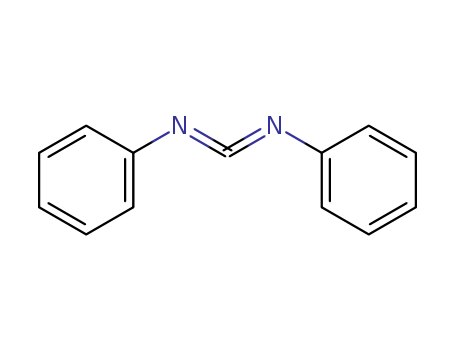10.1039/b109076n
The research investigates the substituent effect on the transition from ionic to covalent bonding in triphenylphosphonium ylide derivatives, focusing on the reactivity of 3-methyl-2,2,2-triphenyl-2H-cyclohepta[d][1,2λ5]oxaphosphole (1a) with heterocumulenes. The study employs X-ray crystal analysis, 31P and 13C NMR spectral studies, and chemical shift correlation with P1–O1 bond lengths to establish that compounds 1a–d exist as resonance hybrids of an oxaphosphole structure (A) and phosphonium ylide structures (B and C). The experiments involve the synthesis of 1a through the reaction of 2-chlorotropone with triphenylphosphonium ylide and subsequent reactions with phenyl isocyanate, diphenylcarbodiimide, and phenyl isothiocyanate to form heteroazulenes. The analyses include NMR, IR, and mass spectrometry, as well as elemental analysis, to characterize the products and confirm the structural hypotheses.





